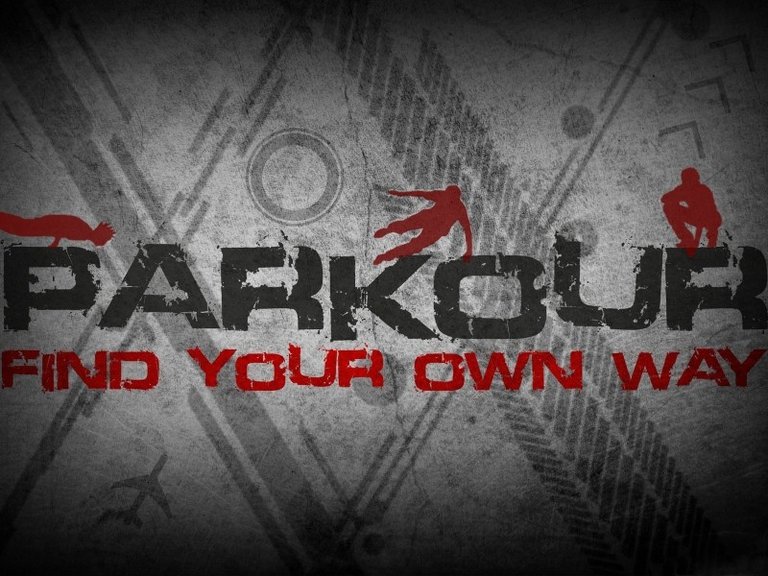MDMA, called "Adam," "ecstasy," or "XTC" on the street, is a synthetic, psychoactive (mind-altering) drug with hallucinogenic and amphetamine-like properties. Its chemical structure is similar to two other synthetic drugs, MDA and methamphetamine, which are known to cause brain damage.
Beliefs about MDMA are reminiscent of similar claims made about LSD in the 1950s and 1960s, which proved to be untrue. According to its proponents, MDMA can make people trust each other and can break down barriers between therapists and patients, lovers, and family members.
Health Hazards
Physical and psychological symptoms. Many problems users encounter with MDMA are similar to those found with the use of amphetamines and cocaine. They are:
Psychological difficulties, including confusion, depression, sleep problems, drug craving, severe anxiety, and paranoia during and sometimes weeks after taking MDMA (in some cases, psychotic episodes have been reported).
Physical symptoms such as muscle tension, involuntary teeth clenching, nausea, blurred vision, rapid eye movement, faintness, and chills or sweating.
Increases in heart rate and blood pressure, a special risk for people with circulatory or heart disease.
Long-term effects. Recent research findings also link MDMA use to long-term damage to those parts of the brain critical to thought and memory. It is believed that the drug causes damage to the neurons that use the chemical serotonin to communicate with other neurons.
MDMA is also related in structure and effects to methamphetamine, which has been shown to cause degeneration of neurons containing the neurotransmitter dopamine. Damage to dopamine containing neurons is the underlying cause of the motor disturbances seen in Parkinson's disease. Symptoms of this disease begin with lack of coordination and tremors, and can eventually result in a form of paralysis.

Source: http://www.heroinaddiction.com/ecstasy/
Not indicating that the content you copy/paste is not your original work could be seen as plagiarism.
Some tips to share content and add value:
Repeated plagiarized posts are considered spam. Spam is discouraged by the community, and may result in action from the cheetah bot.
Creative Commons: If you are posting content under a Creative Commons license, please attribute and link according to the specific license. If you are posting content under CC0 or Public Domain please consider noting that at the end of your post.
If you are actually the original author, please do reply to let us know!
Thank You!
yeah
Hi! I am a robot. I just upvoted you! I found similar content that readers might be interested in:
https://mydrugfreeworld.wordpress.com/2011/02/25/how-to-quit-extasy/
done